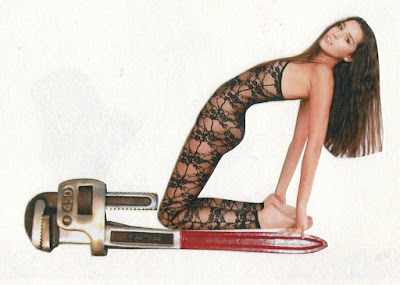1. What skills have you developed through this module and how effectively do you think you have applied them?
Something I definitely feel as though I have progressed in is my research. I’m usually terrible at finding a wide range of useful research from different platforms, but I feel within this module my research has helped me considerably with planning out my essay and visual responses. Something else I think I have progressed in is essay writing, I remember how nervous I was to even start my essay, but once I got going I realised it wasn’t all that scary, and it’s really helped me with not only my writing skills, but also triangulating and Harvard referencing too; something I was a complete amateur in before.
2. What approaches to/methods of research have you developed and how have they informed your practical outcomes?
Within my research, I have tried to branch out a bit more from just the usual google search, which is something I have been more than guilty of in the past. I extended my research into looking at case studies, and making a trip to the library to gather some relative books that would help me. A lot of the research I did was looking at adverts themselves, and this has informed my practical outcomes massively, from the images themselves to the type and colours used. The collection of quotes I found was also something that informed my visuals, as I could make images directly based on quotes I had come across.
3. What strengths can you identify in your work and how have/will you capitalise on these?
I think my visual journal and some of my visual outcomes are probably my biggest strengths within this module, and this has been informed by a huge amount of research. I feel like choosing to use collage was a really good idea in the end, although I wasn’t sure at first as I hadn’t really done it, I think it fits perfectly with what I was trying to achieve and has made for some outcomes I am really pleased with. I think for me another strength would be my research, and although I do still think there is room for improvement, this is a skill I will take into second year and hopefully carry on progressing in.
4. What weaknesses can you identify in your work and how will you address these in the future?
I think the main thing I am not so happy with is my essay; I found it really difficult in writing something so long and in depth, as it’s something I haven’t done in such a long time. I also found it really difficult putting what I wanted to say into words, and this is fairly evident when reading it back; I feel as though it’s probably a bit jumpy and jumbled. I want to try and work on my writing skills for the future, as I know its a really important part of this module, and I need to start learning to ask for help when I need it, instead of shying away and hoping help will come to me.
5. Identify five things that you feel will benefit you during next years Context of Practice module?
The main thing I want to achieve next year is staying motivated for context of practise all year round, once I got into it I really enjoyed researching and creating, but there has certainly been times this year where my commitment as dropped, and this is probably evident within my work.
Again, working on my writing and analysis skills is something else I feel would really benefit me; this is a really important one as clearer writing makes it easier for others, and myself, to see what I am trying to achieve.
Being more exhaustive with ways of image making would be something else that would help me, although I am happy I chose collaging, I didn't really explore many other options which is something I would like to do next year.
Managing my time better is a must for next year! Being unorganised has really knocked me back during this module especially; I think I could have produced more work if I had had a better structure of working.
And finally, I think something else that would be a step forward, would be embracing making mistakes. I am usually worried of making mistakes, but sometimes they can be a good thing and lead you to new places and ideas!
6.How would you grade yourself on the following areas:
(please indicate using an ‘x’)
5= excellent, 4 = very good, 3 = good, 2 = average, 1 = poor
|
|
|
1
|
2
|
3
|
4
|
5
|
Attendance
|
|
/
|
|
|
|
Punctuality
|
|
|
|
/
|
|
Motivation
|
|
|
/
|
|
|
Commitment
|
|
/
|
|
|
|
Quantity of work produced
|
|
|
/
|
|
|
Quality of work produced
|
|
|
/
|
|
|
Contribution to the group
|
|
/
|
|
|
|




































